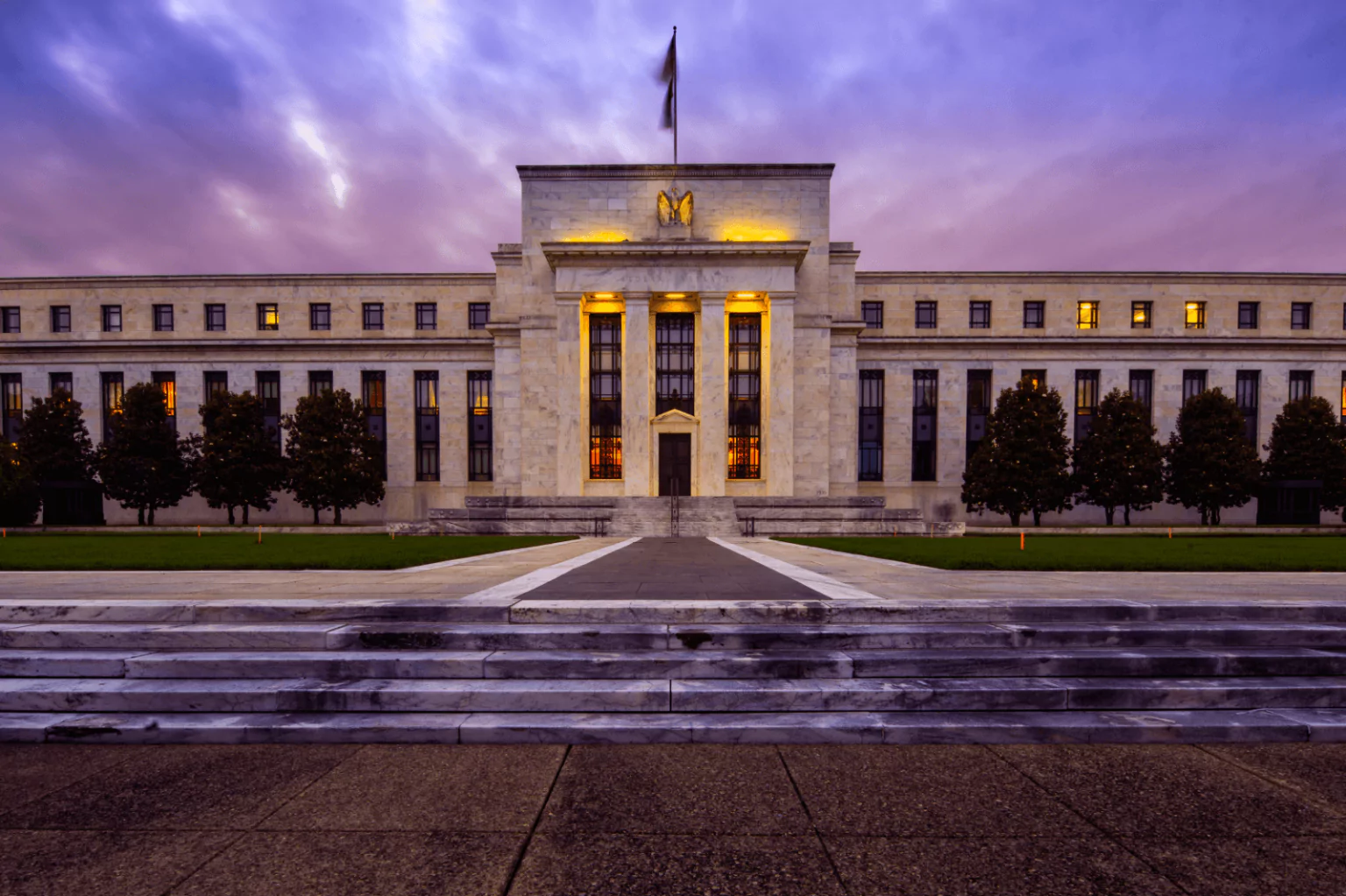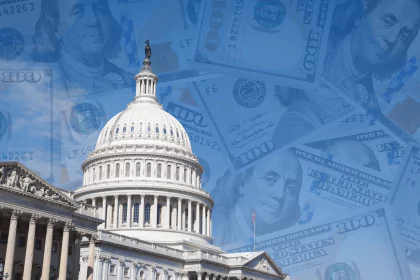Understanding the Federal Reserve’s Recent Decision
In a notable move that caught the attention of financial markets and analysts alike, the Federal Reserve decided to hold the federal funds rate steady at its most recent meeting. This marks the third consecutive pause in rate hikes, maintaining the rate at a range of 5.25% to 5.50%. This decision is significant as it hints at a potential shift in the Fed’s monetary policy trajectory for the coming year.
Background of the Federal Reserve’s Rate Hikes
To understand the current scenario, it’s essential to reflect on the context that led to the Federal Reserve’s decision. The series of rate hikes began as a response to soaring inflation, which reached multi-decade highs due to various factors, including supply chain disruptions and heightened consumer demand post-pandemic. The Federal Reserve’s primary tool to combat inflation is the adjustment of the federal funds rate. By increasing rates, the Fed aims to temper economic activity, thereby reducing inflationary pressures.
What the Recent Decision Means
Immediate Implications
The immediate implication of the Fed’s decision to hold rates steady is a signal to the markets and the economy that the central bank is cautiously optimistic about the inflation trajectory. Despite recent declines in inflation rates, which have fallen to a three-year low, the Fed remains vigilant, ensuring that inflationary pressures are firmly under control before making further adjustments.
The Federal Reserve’s cautious optimism about inflation allows for a more accommodative monetary stance, signaling potential economic growth ahead.
Expected Rate Cuts in 2024
Looking ahead, the Federal Open Market Committee (FOMC) projects a series of rate cuts in 2024, anticipating a total reduction of 75 basis points. This anticipated policy shift reflects the Fed’s confidence that inflation will continue to moderate, allowing for a more accommodative monetary stance.
The forecast for rate cuts has several implications:
- Impact on Borrowing Costs: Lower interest rates will reduce borrowing costs for consumers and businesses, potentially stimulating economic activity. This could lead to increased spending on durable goods, housing, and business investments.
- Financial Market Reactions: Financial markets have already responded positively, with the Dow Jones Industrial Average reaching an all-time high following the announcement. Investors typically react favorably to lower interest rates as they boost corporate profits and reduce the cost of capital.
- Consumer Confidence: With the prospect of lower interest rates, consumer confidence may improve, encouraging more spending and economic growth.
Detailed Analysis of the Federal Reserve’s Strategy
Balancing Act: Controlling Inflation and Supporting Growth
The Federal Reserve’s primary mandate includes controlling inflation while supporting maximum employment. Achieving this balance is particularly challenging in the current economic environment, characterized by lingering uncertainties from the COVID-19 pandemic and geopolitical tensions affecting global supply chains.
Inflation Dynamics
The recent decline in core inflation, which excludes volatile food and energy prices, is a positive sign. However, the Fed remains cautious, recognizing that inflation can be unpredictable. Factors such as wage growth and consumer expectations continue to play crucial roles in the inflation outlook.
Economic Projections
The FOMC’s economic projections provide insights into the central bank’s outlook. These projections include expectations for GDP growth, unemployment rates, and inflation. The anticipated rate cuts are based on a scenario where economic growth slows modestly, and inflation continues its downward trend, eventually stabilizing around the Fed’s 2% target.
Practical Implications for Consumers and Businesses
For Consumers
- Mortgage Rates: One of the most direct effects of lower interest rates is on mortgage rates. Prospective homebuyers may find lower mortgage rates more attractive, potentially boosting the housing market.
- Credit Cards and Loans: Lower federal funds rates typically lead to reduced interest rates on credit cards and personal loans. Consumers with variable-rate debt may see lower interest payments, improving their disposable income.
- Savings Accounts: On the flip side, lower interest rates can mean lower returns on savings accounts and certificates of deposit (CDs). Consumers may need to explore alternative investment options to achieve their financial goals.
For Businesses
- Investment and Expansion: Lower borrowing costs can encourage businesses to invest in expansion and capital improvements. This can lead to job creation and increased economic activity.
- Debt Management: Companies with existing debt may benefit from lower interest payments, improving their financial health and potentially leading to higher stock valuations.
- Pricing Strategies: Businesses may adjust their pricing strategies based on changes in consumer demand influenced by lower interest rates.
How to Stay Informed and Make Informed Decisions
Monitoring Federal Reserve Announcements
Keeping abreast of Federal Reserve announcements is crucial for both consumers and businesses. The Fed’s communications provide valuable insights into future monetary policy directions. The Federal Reserve’s official website and financial news outlets are reliable sources for the latest updates.
Lower borrowing costs can stimulate economic activity, driving increased spending and investment across various sectors.
Consulting Financial Advisors
Given the complexities of monetary policy and its impacts, consulting with financial advisors can help individuals and businesses make informed decisions. Financial advisors can provide personalized strategies based on current economic conditions and individual financial goals.
Utilizing Financial Tools
Various online tools and calculators can help estimate the impact of interest rate changes on mortgages, loans, and investments. Websites like Bankrate and NerdWallet offer resources to help consumers navigate the financial landscape.
Conclusion
The Federal Reserve’s decision to hold interest rates steady and the anticipated rate cuts in 2024 mark a significant moment in U.S. monetary policy. Understanding the implications of these decisions is essential for consumers and businesses alike. By staying informed and seeking professional advice, individuals and organizations can navigate the evolving economic environment effectively.












